
In the early ’90s I was diagnosed as having a gastric ulcer – it was possibly due to stress, although I’d been suffering from bloating and a sensitive stomach for many years. Also my skin often had eruptions of rashes and hives. I wasn’t overweight – quite the opposite – I’m a natural ectomorph so I could eat anything and everything with no limits. The medication I was prescribed didn’t seem to help relieve my symptoms so, when a friend recommended the Hay diet (also calledFood combining diet), I read several books about it and decided to give it a go. I got so hooked on it that I followed this diet for more than ten years! However, during this time, several new versions emerged with contrasting principles, all apparently backed up by science or various supposedly scientific studies. I got so confused that I gave up on the programme.
After that I started having health issues again (primarily my gut) so I decided to develop my own diet. It would be based on my own experience & experiments with food, personal research and basic common sense. I’ve called it theWholeness Dietbecause I believe the body & mind need to be in the right balance as a whole for optimal health. Part of this is diet is based on my Food combining experience, which I prefer to refer to as Harmonious eating, not a diet as such as it’s more like a lifestyle. So I called itHarmonious Food Combining.
It’s worth mentioning that the reason I followed the Food combining programme for such a long time many years ago was because I felt much better just after a month! My symptoms improved then totally disappeared:-
- My skin looked better, clearer and smoother
- I hardly ever felt bloated again
- I didn’t feel sluggish after a meal
- I didn’t have indigestion or heart-burn
- My weight went down and stabilised
- I didn’t have any midday or afternoon cravings – probably my blood sugar level stabilised as Dr Hay predicted
- I hardly had any health problems (during the 10 years I needed medical assistance only twice – both from viruses caught abroad). I hardly even had a cold again.
- My bowel movements became regular and properly formed
Harmonious Food Combining Rules
I’m not a dietitian, doctor or scientist but I think the basic principles of the Hay system are very valid and effective. Put simply, the rules are :-
- Never combine concentrated starch and protein (such as steak and chips, fish & chips)
- Eat fresh fruits on an empty stomach (exceptions are lemon & lime)
- Eat mainly alkaline-forming, non-starchy, wholesome vegetables and salads (these can be combined with proteins or starches)
- You should have one starchy and one protein meal each day – but they must have at least a 4 hour gap between them.
- Eliminate sugar and processed foods from your diet
What I don’t agree with or don’t follow:
Pulses
The original Hay diet advises to keep away from dried pulses as they are difficult to digest and cause bloating. Also there seems to be some confusion as to whether pulses are protein or starch. Various experts recommend pulses as the best source of protein, others classify them as starchy vegetables. Then we have the compelling argument that beans & rice together are a “Power Food Combination”, the prefect synergistic dish as they create a “complete protein”. For this reason, and for the simple fact the pulses are full of incredible nutrients, I include them in myHarmonious Foodcombination. Furthermore, chickpeas contain almost 50-50% carbohydrate and protein so I put it in the “neutral” category -particularly Besan flour, which is so useful for fritters, flatbreads, burgers, stews and so on. I also find that the more pulses I eat the less bloating and flatulence I experience, particularly if beans are cooked in the correct way.
Dairy
In the original Hay system all dairy is classified as protein and Dr Hay advised against most. However, fermented milk products (kefir, yogurt, soured milk, buttermilk) don’t interfere with the digestion of either protein or carbohydrates so they can be classified as “neutral” and they are very beneficial to your gut. Fat is digested in the upper part of the small intestine (not in the stomach) therefore it really belongs to the “neutral” category – so butter, fat cheeses are not classified as protein (and they won’t make you fat if eaten properly)!
Fruits
According to the original Hay diet, fruits must be eaten alone, on an empty stomach – preferably for breakfast – and never after 3pm. Furthermore, some fruits can’t be combined with each other such as acidic & sub-acidic fruits with sweet ones (so strawberries with banana is not allowed). Also, melons must be eaten on their own i.e. must not be combined with any other fruits (I don’t get this one). Well, many revised versions of the Hay Diet now allow fruits to be combined with fats (such as cream & nuts) and fermented dairy products (such as kefir and yoghurt). MyHarmonious Food Combining Programmefollows these modern versions – but I still believe that eating fresh fruits on an empty stomach is a valid point, as well as not combining them with concentrated starches and proteins. (so its’ a no-no to porridge with blueberries). However, I’ve read that sweet fruits, when cooked, turn into complex starch, more precisely into complex sugar. In fact, a banana’s biochemical composition and nutritional value are comparable with those of a potato. For this reason I think using banana and other starchy (i.e) sweet & very ripe fruits should be classified as STARCH and should be allowed to be combined with other complex starches. I find that banana in cakes, cookies and oaty slices works really well, not interfering with my optimal digestion. I also use prunes, dates and figs in cakes and slices.
Other foods to avoid
The Hay system discourages people from eating spinach, rhubarb, chestnuts, horseradish, mustard, pork, polished rice, white flour, sugar and sweeteners, uncooked meat, raw egg whites, hardened fats, cranberries, vinegar, spices, alcohol, tea, coffee and cocoa. Well, in my reformed version I allow most of these except sugar, white flour and white rice. I believe everything in moderation and in the right combination is a better approach than total elimination.
The most important thing to remember is that 100% separation of protein and starch is not possible, as most foods contain both – it’s only concentrated starches and proteins that need to be eaten separately, and neither should be combined with fruits. Eating in a harmonious way i.e. combining foods that lead to optimal digestion is the essence of this programme.
In the next article I describe theHarmonious Food Combining Programme in detail- followed byfood combining chartsthat will help you work out yourFood combining Plan.
Further articles
- Pros and cons of Food combining














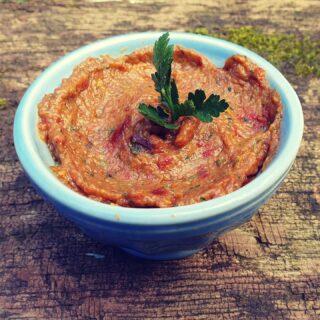



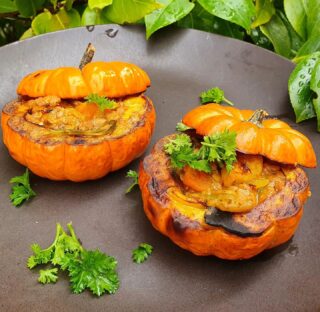
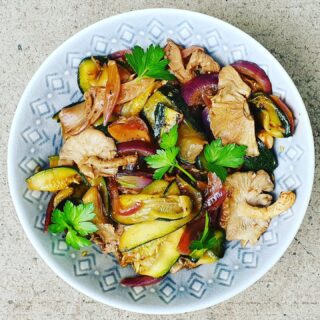
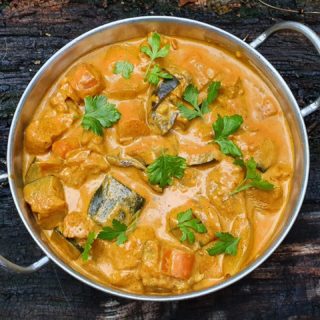
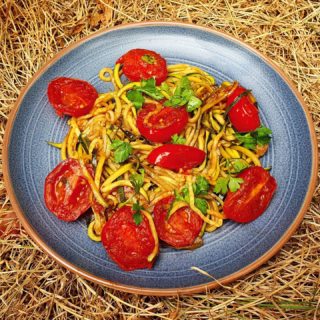
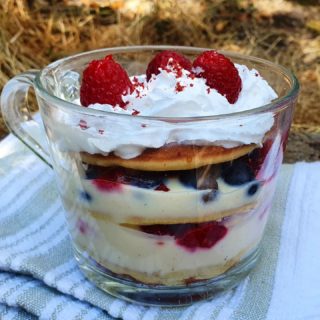

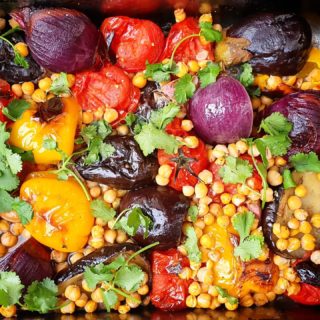
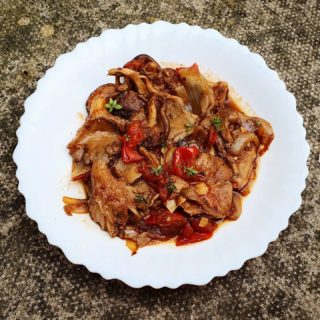

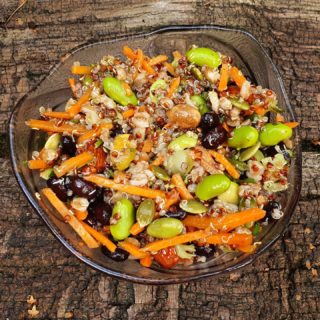
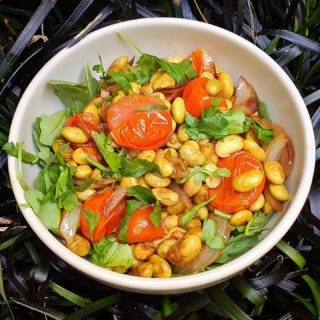

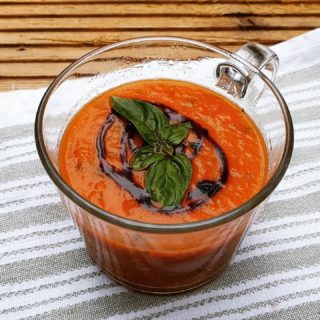


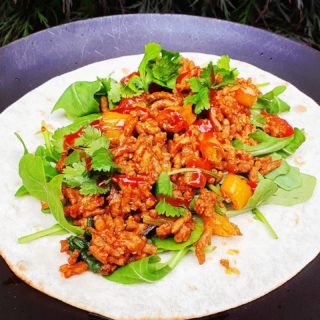
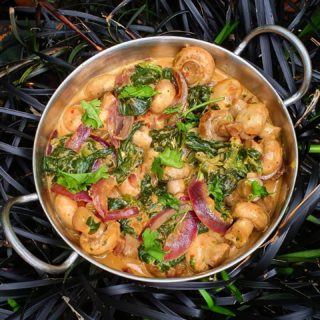
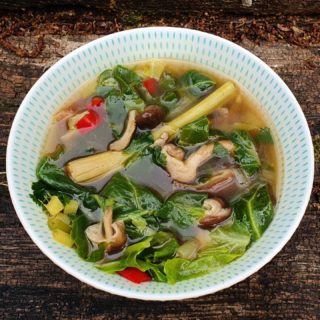
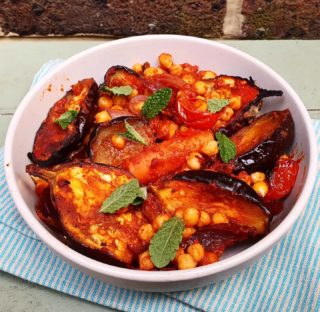
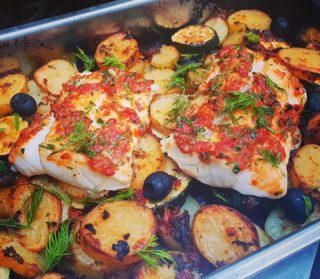
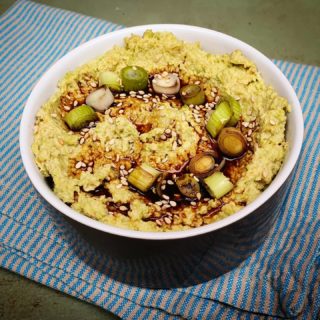



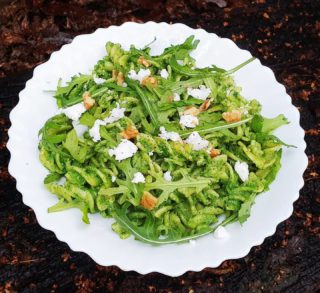
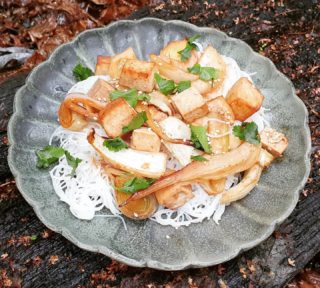
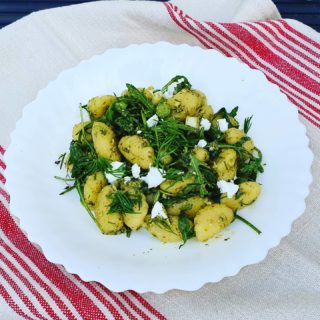


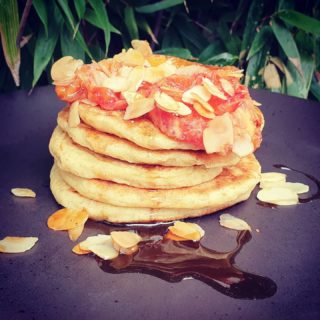
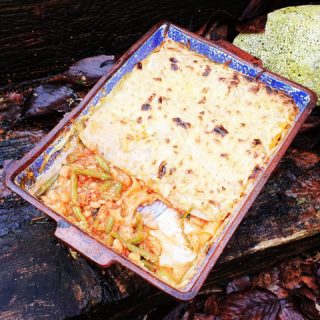

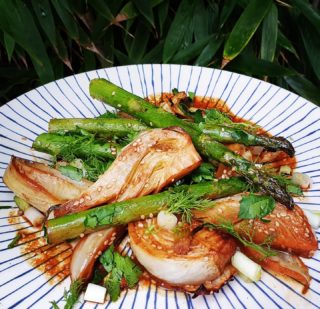
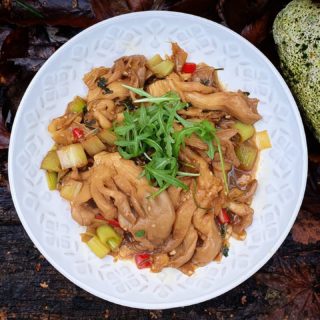
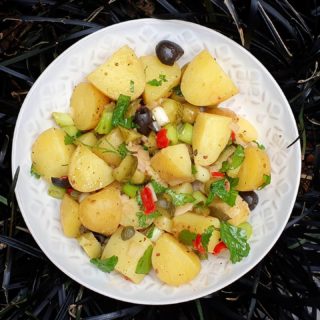

No comments yet.